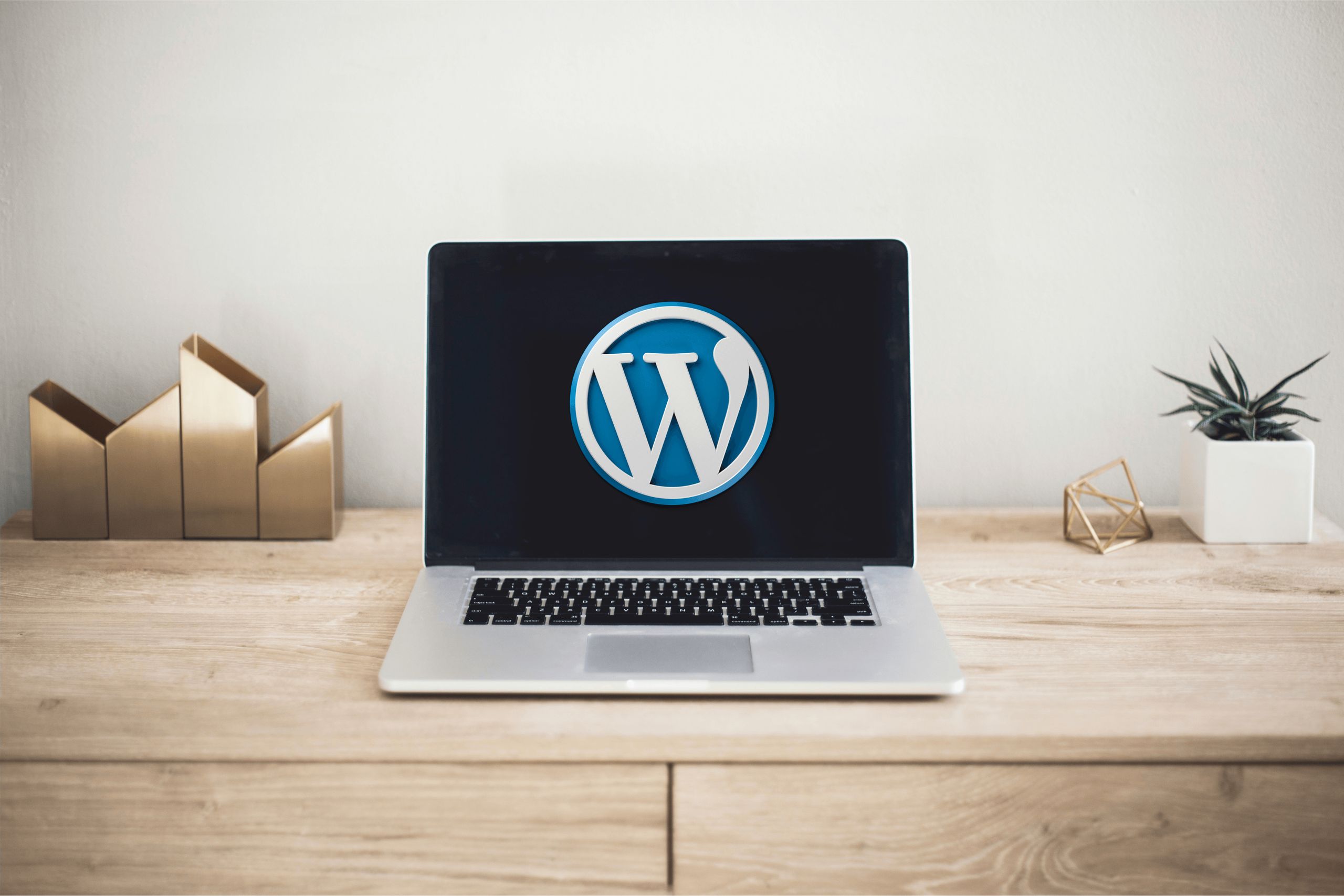WordPress powers over 40% of the web in 2025, making it an attractive target for hackers. While the platform itself is secure when updated, many breaches happen because of weak configurations, outdated plugins, poor hosting practices, or neglected maintenance.
Modern threats have evolved—AI-driven brute force attacks, supply chain compromises, and zero-day vulnerabilities are no longer rare events. If you run a WordPress site, protecting it should be a top priority. This guide covers practical, effective steps you can take today to keep your site safe from modern cyber risks.
Table of Contents
ToggleKeep WordPress, Themes, and Plugins Updated
Running outdated software is one of the fastest ways to get hacked. Attackers often scan for known vulnerabilities in older versions of WordPress core, plugins, and themes.
Best practices:
- Enable automatic updates for minor WordPress core releases.
- Regularly check for plugin and theme updates.
- Remove unused plugins and themes—deactivated code can still contain vulnerabilities.
Use Only Trusted Plugins and Themes
Many attacks originate from poorly coded or malicious add-ons. Free plugins from unverified sources can hide backdoors or spam scripts.
Best practices:
- Install only from the official WordPress.org repository or reputable developers.
- Research plugin reviews, last update date, and active installations before installing.
- Audit your installed plugins every few months and remove anything unnecessary.
Enforce Strong Authentication
Weak passwords remain a leading cause of WordPress breaches, and credential stuffing attacks are more sophisticated than ever.
Best practices:
- Use long, unique passwords for all accounts—ideally 14+ characters.
- Enable two-factor authentication (2FA) for all admin users.
- Limit login attempts to block brute force attacks. Plugins like Limit Login Attempts Reloaded can help.
Harden wp-admin and Login Pages
The WordPress admin dashboard is the main target for attackers. Hardening these areas can significantly reduce risk.
Best practices:
- Change the default login URL from
/wp-login.phpto something unique. - Restrict wp-admin access by IP address if possible.
- Use HTTPS everywhere to encrypt login credentials.
Secure Hosting and Server Configuration
Even if your WordPress setup is flawless, weak server security can expose you to threats.
Best practices:
- Choose a hosting provider with strong security measures, regular patching, and malware scanning.
- Disable directory listing and prevent PHP execution in the
uploadsfolder. - Configure correct file permissions—generally
644for files and755for directories.
Use a Web Application Firewall (WAF)
A WAF can block malicious requests before they reach your site, reducing the risk of common attacks like SQL injection and cross-site scripting.
Best practices:
- Use a cloud-based WAF such as Cloudflare or Sucuri for filtering traffic.
- Set up rules to block known malicious IP addresses and bots.
Enable Security Headers
HTTP security headers help protect against a range of browser-based attacks.
Best practices:
- Add headers like
Content-Security-Policy,Strict-Transport-Security, andX-Frame-Options. - Test your setup at securityheaders.com to ensure everything is configured properly.
Schedule Regular Backups
Even the best security measures can’t guarantee 100% safety. Backups are your safety net in case of an incident.
Best practices:
- Use automated daily backups stored off-site.
- Test restoring your backups periodically to ensure they work.
- Consider services like UpdraftPlus, BlogVault, or your host’s built-in solutions.
Monitor and Log Activity
Detecting an attack early can minimize damage. Logging and monitoring are key.
Best practices:
- Use a security plugin like Wordfence or iThemes Security to log activity.
- Set up alerts for suspicious login attempts, file changes, or spikes in traffic.
- Regularly review server logs for unusual activity.
Final Thoughts
Securing a WordPress website in 2025 means staying ahead of increasingly sophisticated threats. A layered approach—updates, strong authentication, server hardening, WAF protection, and continuous monitoring—provides the best defense.
Security is not a one-time setup. It’s an ongoing process that requires vigilance and regular maintenance. By following the practices in this guide, you’ll greatly reduce your risk and protect your website, data, and visitors from modern cyberattacks.
